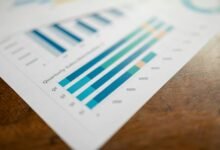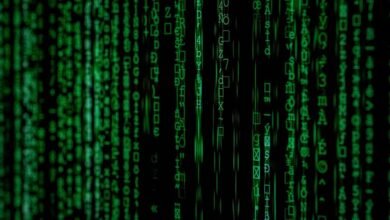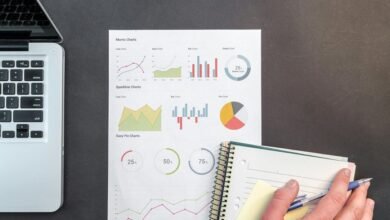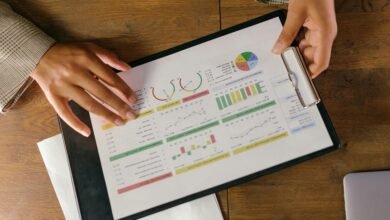Number Investigation: 2193262222, 2193542054, 2194653391, 2197031374, 2232371568, 2232371574
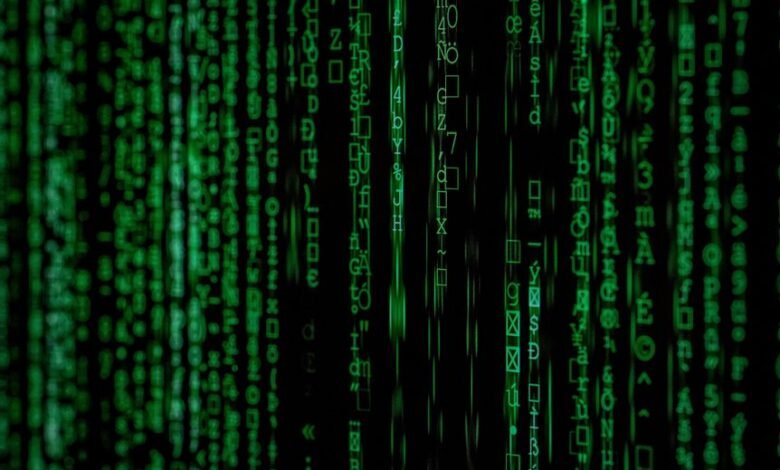
The sequence of numbers 2193262222, 2193542054, 2194653391, 2197031374, 2232371568, and 2232371574 presents a unique opportunity for analysis. Each number exhibits a shared prefix, indicating potential categorization. Furthermore, the differences between consecutive entries warrant investigation. These variations could reveal underlying patterns or shifts within the dataset. Understanding these relationships may illuminate broader implications yet to be explored.
Analyzing the Number Patterns
While examining various sequences of numbers, it becomes evident that certain patterns emerge, revealing underlying mathematical principles.
Through number classification, these sequences can be categorized according to their characteristics.
However, sequence anomalies often disrupt expected patterns, prompting further analysis.
Identifying these irregularities allows for a deeper understanding of numerical behaviors, ultimately enriching the exploration of mathematical relationships within the dataset.
Exploring Relationships Between the Sequences
Recognizing patterns within individual sequences lays the groundwork for exploring relationships between them.
By identifying sequence similarities, one can unveil underlying numerical correlations among the given numbers. Such analysis may reveal clusters or trends that suggest interconnections, enhancing understanding of the data.
This exploration serves as a vital step toward comprehending the broader implications of the sequences under investigation.
Potential Significance and Trends in the Data
Understanding the potential significance and trends in the data requires a systematic examination of the identified relationships and patterns.
Analyzing these sequences reveals data anomalies that may indicate underlying phenomena. Statistical relevance among the numbers suggests potential correlations, warranting further investigation.
Recognizing these trends can empower decision-making processes, allowing for informed interpretations that support greater autonomy in data utilization.
Conclusion
In conclusion, the examination of the number sequence reveals an intricate web of relationships akin to a symphony, where each number plays a pivotal role in the overall harmony. The consistent prefixes suggest a shared origin, while the differences between consecutive numbers unveil subtle shifts reminiscent of a tide’s ebb and flow. Such patterns invite further inquiry, urging analysts to delve deeper, much like an archaeologist unearthing the layers of history hidden beneath the surface.
